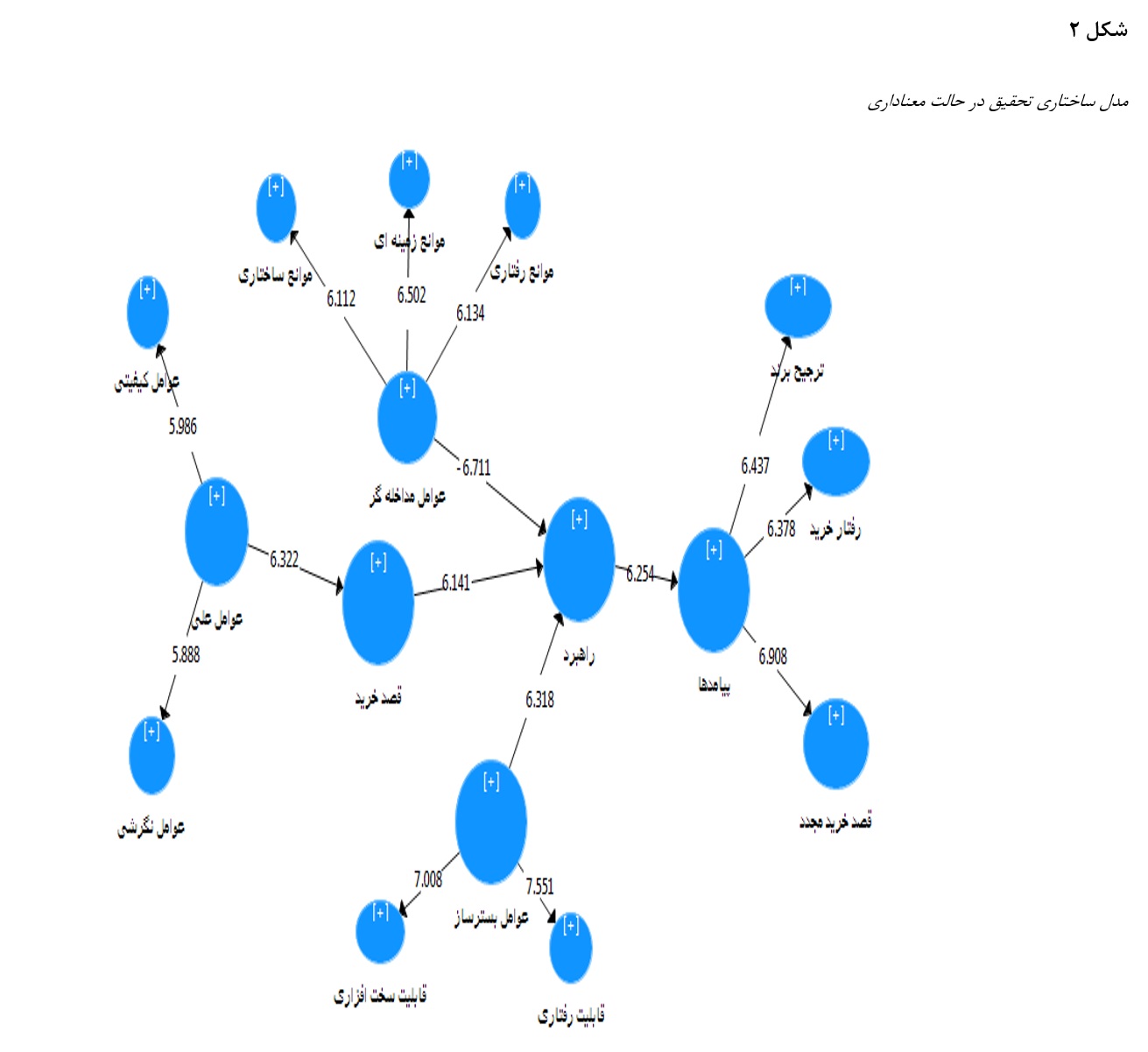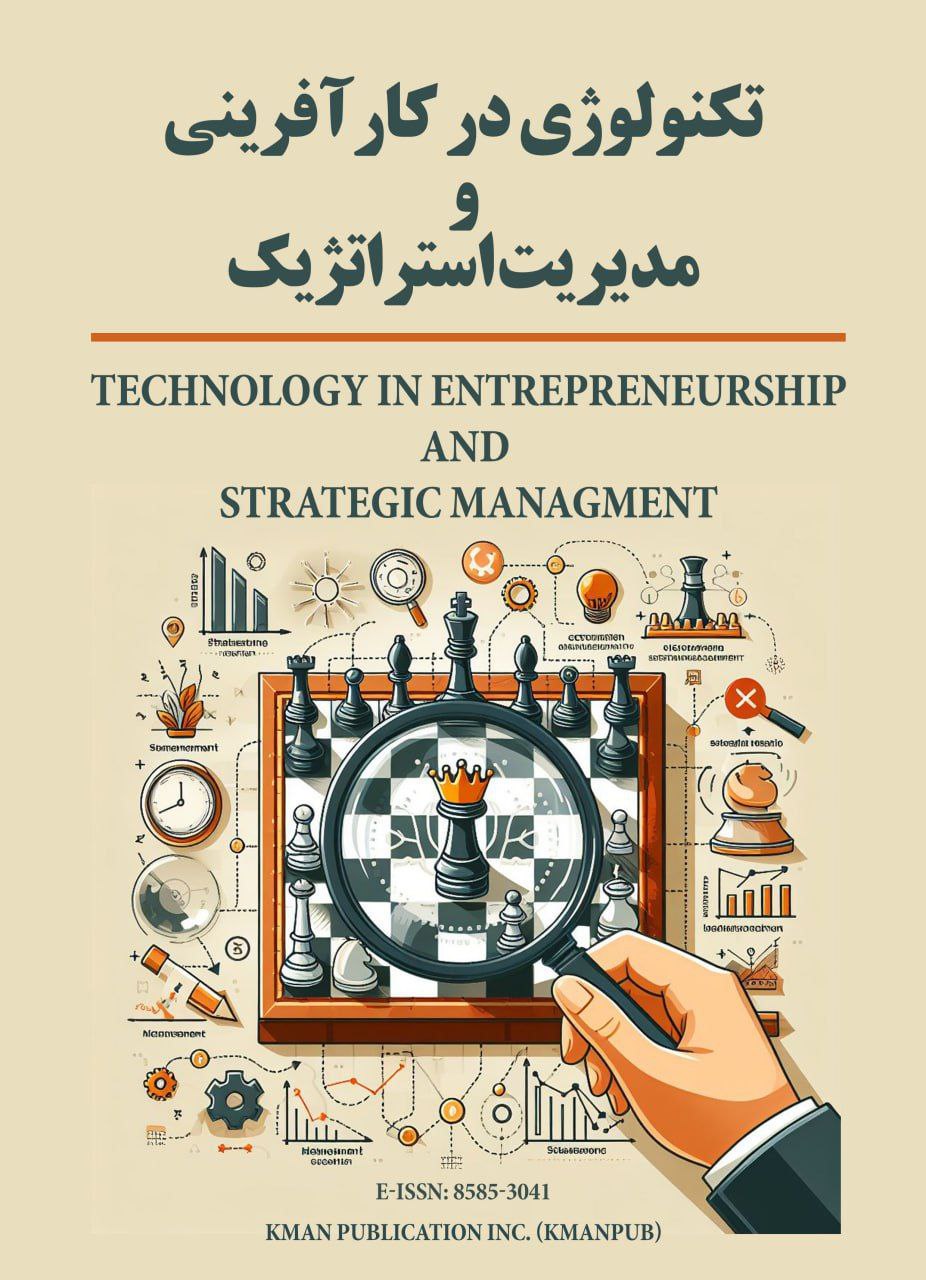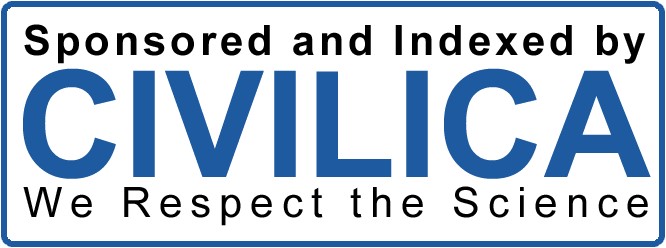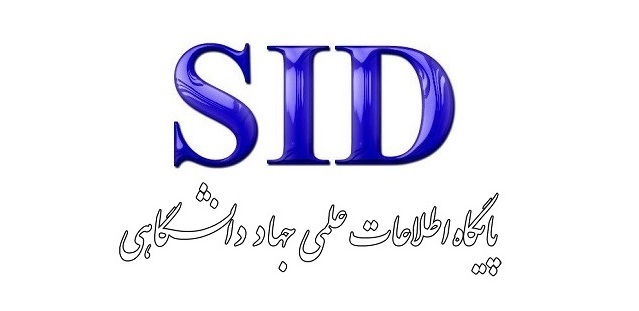Designing a Model of Factors Influencing Customers' Purchase Intent with an Explanation of the Role of Electronic Word-of-Mouth Advertising
Keywords:
Purchase Intent, Electronic Word-of-Mouth Advertising, Buying Behavior, Grounded Theory, Bank MelliAbstract
With new digital technologies, the consumer decision-making process is a continuous and interactive activity that requires sellers to adopt a more comprehensive mindset, and marketers to develop more creative strategies to outperform competitors in a competitive environment. This study aims to design a model of factors influencing customers' purchase intent by elucidating the role of electronic word-of-mouth advertising in Bank Melli Iran. Since the bank's marketers seek to establish profitable relationships with customers, advancements in technology provide them an opportunity to offer new services through better understanding and increased interactions with customers. The research methodology is a mixed-methods approach with inductive reasoning in the qualitative section and deductive reasoning in the quantitative section, and it is fundamental in terms of its objective. In the qualitative section, grounded theory was employed. Data in the qualitative section were obtained through 14 semi-structured interviews with experts from Bank Melli, including managers, heads of the bank, and marketers, selected using purposive sampling and snowball sampling until theoretical saturation was reached. In the quantitative section, data were collected from 417 customers of selected branches using a researcher-made questionnaire based on non-probability convenience sampling. To analyze the data, MAXQDA software was used in the qualitative section, and SPSS23 statistical software was employed for descriptive statistics, while Smart PLS3 statistical software was used for inferential statistics through partial least squares structural equation modeling (PLS-SEM). Using grounded theory, a model of factors influencing customers' purchase intent was presented. The model includes causal factors, contextual factors, intervening factors, strategies, and outcomes of purchase intent. Causal factors encompass quality factors and attitudinal factors; contextual factors include hardware and software capabilities; and intervening factors influencing customers' purchase intent consist of structural barriers, contextual barriers, and behavioral barriers. In the quantitative section, the model was tested in the sample population. The results indicated that the model has an appropriate fit. Bank Melli managers and decision-makers can use the findings of this study to develop more effective marketing communications to attract and retain customers, leading to positive and effective outcomes for Bank Melli.
Downloads






















